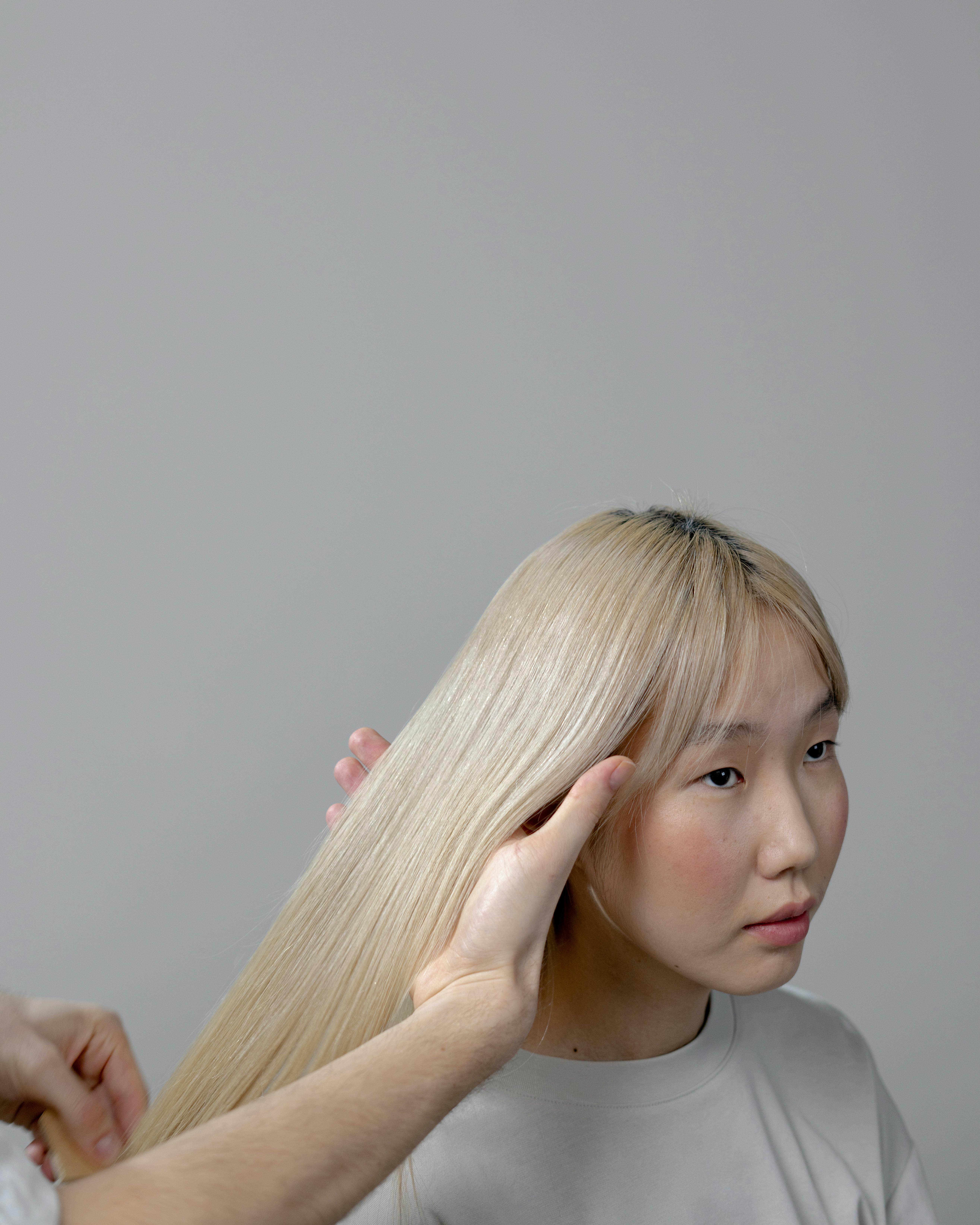Striking a Balance: The Interplay Between Physical Activity and Mindful Rest
Modern health and wellness discourse often places an overwhelming emphasis on physical activity and movement. Yet, the significance of mindful rest and relaxation, an equally crucial aspect of holistic well-being, is frequently overlooked. This article delves into the dynamic interplay between physical activity and mindful rest, exploring how this balance contributes to optimal health and wellness.
The Historical Context: Physical Activity and Mindful Rest
Historically, physical activity was ever-present in human life, stemming from the necessity of survival tasks such as hunting and gathering. Rest and relaxation, on the other hand, were seen as luxuries, often associated with higher social standing. Over time, as societies evolved and industrialization progressed, the necessity for physical labor decreased, leading to more sedentary lifestyles.
The scientific developments over the past century have shed light on the importance of both physical activity and mindful rest. Research has shown that while regular physical activity is essential for maintaining physical health and preventing chronic diseases, mindful rest is key for mental well-being and stress management.
Current Health Trends and Insights
The health and wellness field is currently undergoing a shift in perspective. Experts are beginning to advocate for a balanced approach to physical activity and mindful rest, recognizing that both play a crucial role in overall health.
Recent research-based insights suggest that over-exercising can lead to burnout and injury, while insufficient physical activity can increase the risk of chronic diseases. Meanwhile, lack of mindful rest can result in mental fatigue and stress, whereas excessive relaxation can lead to lethargy and decreased motivation.
The Practice: Balancing Physical Activity and Mindful Rest
Balancing physical activity with mindful rest involves developing a personalized routine that incorporates both elements in a sustainable manner. The benefits of this practice include improved physical health, better stress management, heightened mental clarity, and enhanced overall well-being.
However, achieving this balance can be challenging. It requires self-awareness, discipline, and understanding one’s unique needs and limitations. The practice’s scientific credibility lies in numerous studies linking balanced lifestyle to reduced risk of physical and mental health disorders.
Supporting Research
A growing body of research supports the importance of balancing physical activity and mindful rest. Studies show that regular moderate-to-vigorous physical activity can lower the risk of heart disease, stroke, type 2 diabetes, and certain cancers. Simultaneously, mindfulness practices, including meditation and deep relaxation, have been linked to reduced stress levels, improved mood, better sleep quality, and enhanced cognitive function.
Balancing Act: Tips for Achieving Synergy
-
Start with small, manageable changes to your daily routine.
-
Listen to your body and respect its need for rest.
-
Incorporate mindfulness practices, such as meditation or deep breathing, into your daily routine.
-
Seek professional guidance to ensure your physical activities are safe and suitable for your fitness level.
-
Regularly review and adjust your routine to ensure it remains balanced and sustainable.
In conclusion, the balance between physical activity and mindful rest is a dynamic dance, pivotal to holistic health and wellness. By understanding the importance of both movement and stillness, we can harness their combined power to enhance our overall well-being, embodying the true essence of health.





